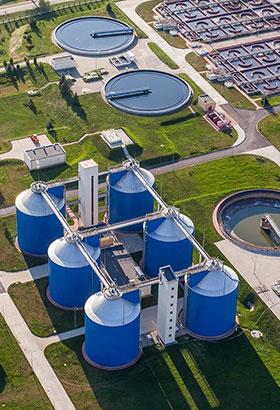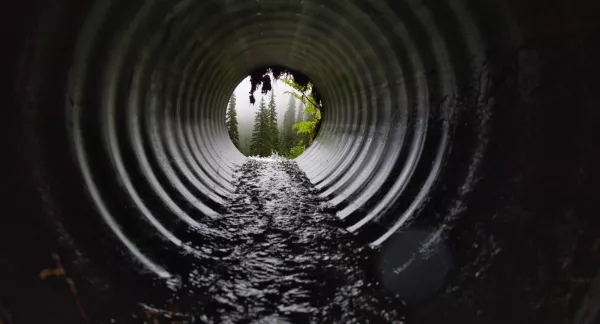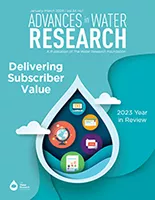Topics of Focus
Recent Updates
Project 5242
Residential End Uses of Water, Version 3: A Single-Family and...
Reporting Period: December 2024 – May 2025
Project 5266
Determining the Role of Spectral Imaging as an Early Warning System for...
Reporting Period: October 2024 – June 2025
Project 5268
Lithium Treatment Strategies in Drinking ...
Reporting Period: September 2024 – April 2025
Project 5187
Beyond Net Zero: Advancing Interdependencies Between...
Reporting Period: February 2025 – May 2025
Project 5219
Performic Acid Disinfection in Wastewater Effluent and...
Reporting Period: February 2025 – April 2025
Project 5222
Making the Case for Climate-Resilient Water Infrastructure and...
Reporting Period: March 2025 – May 2025
Project 5271
Balancing Carbon Management, Energy Management, Energy...
Reporting Period: December 2024 – June 2025
Project 5246
Quantifying the Performance of Source Water Protection Measures...
Reporting Period: November 2024 – May 2025
Project 5259
Evaluating U.S. Drinking Water Sources, HABs Mitigation, and Guidance...
Reporting Period: February 2025 – May 2025
Project 5176
Integrating Climate Impacts with Wet Weather Management, Capital...
Reporting Period: November 2024 – April 2025
Events
Throughout the year, WRF hosts and participates in events that focus on critical water quality issues. From web seminars to research workshops, these events provide opportunities for you to learn about new research from water quality experts and to share ideas and connect with other industry professionals.

PdNA Webcast Series, Part 2: PdNA Pilot- and Full-Scale Research and Future Directions
Register for Webcast

Feasibility and Applicability of Emerging Utility-Led Innovations in Addressing Affordability
Register for Webcast

Smart Metering Playbook: Compendium of Resources for WRF Subscribers
Register for Webcast

